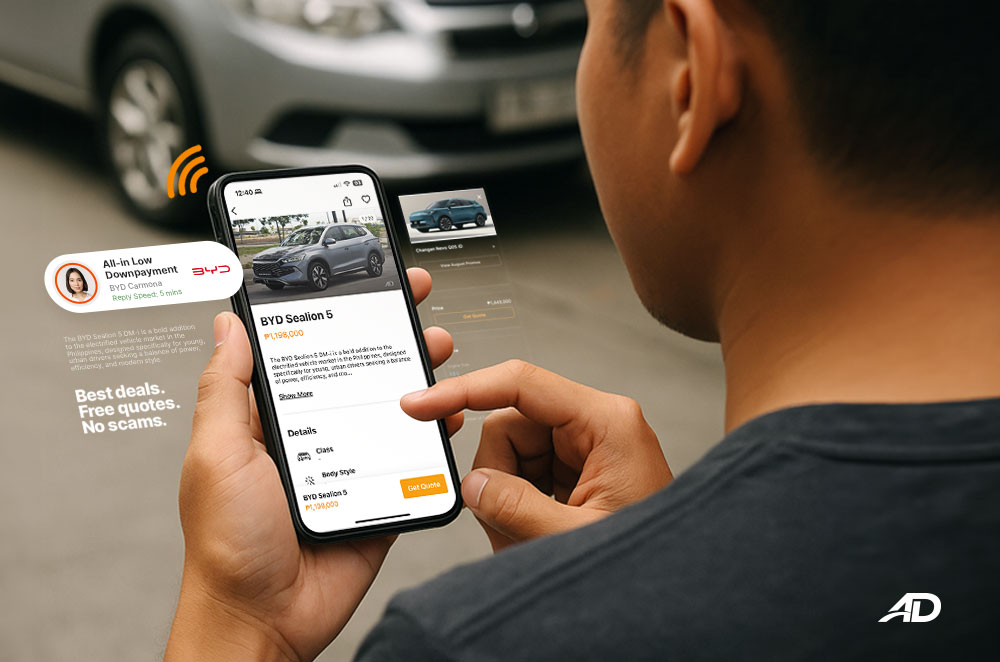
Did you know that 25% of all customers who make an online inquiry will complete a vehicle purchase within sixty (60) days?*
At AutoDeal we spend a lot of time (some might say too much) examining the journey of online car-buyers and finding out what makes them tick. A lot of the reason we built technology like our manufacturer dashboard, dealer dashboard and sales agent app was not to just make it easier for car buyers to buy, or for dealers to sell, but for everyone to better understand the customer journey that occurs.
One of the most common questions we get asked is to translate our modest advertising fees and showcase direct real-world tangible outcomes. Fortunately, we’ve invested a lot of time and resources into building not just a lead-generation platform, but a complete car buying ecosystem that can track real-world results and calculate real-world returns on investment – provided of course you have the suitable business practices in place.

So how should you truly measure conversion?
1. Appreciate the Metric
A Lead is a metric like any other that needs to be thoroughly assessed in order to derive its true value. A lead is essentially an opportunity, and while it can result in something as tangible as a sale, it is by no-means a golden ticket.
On average an online buyer will make between two (2) and three (3) different vehicle inquiries ahead of making a purchase, and typically complete the buying process within the first forty-five (45 days). That means, that any one lead may be under competition by two or three competing brands or dealers.

2. Track Conversion Over Time
If you’re aiming for a conversion rate of 5%, don't expect 5 sales from your first 100 leads within the first month. The car-buying process can sometimes be long and arduous as customers spend time deciding where to make their significant investment.
In order to better track your conversion, you need to relate a declare sale against the customers original month of inquiry.
For example, if you receive 100 leads in August, 100 leads in September, and 100 leads in October and you end up in September with 10 declared sales, your conversion rate for September should not be considered 10%. Instead, what you should do is track the sales against the customers’ original date of inquiry. So let’s say 5 of the sales were from leads in August, 4 from September, and 1 from October. As a result your conversion should look as follows:
% Conversion
- August: 5%
- September: 4%
- October: 1%
If more sales occur in November and December, whereby the lead originated in August, these sales should be added to your overall conversion for August. This is your true conversion.

3. Frequency of Conversion
Your frequency of conversion is the rate at which sales are declared from your leads. As each month passes, the cumulative volume of leads in your pipeline should gradually increase. As a result, provided you have good process for nurturing your leads, your month-on-month sales output should increase with more sales being declared month on month.
4. Monitor Real World Data
If you’re looking to go the full ten yards, then you can’t fully rely on your digital tracking infrastructure. Implementation of procedures at the showroom, at the beginning of any transaction will help you better track the true origin of those “showroom walk-ins.”
As an example, if a customer inquires with your brand in January and walks into your showroom in June, are you sure that your on-ground team will be able to relate this walk-in back to the customers original point of inquiry? Probably not.
If you’re wondering how we get to all this, find out more about how AutoDeal tracks leads and sales.
*Data from partial survey of 5,000 AutoDeal users who made inquiries in July or August, 2016.



